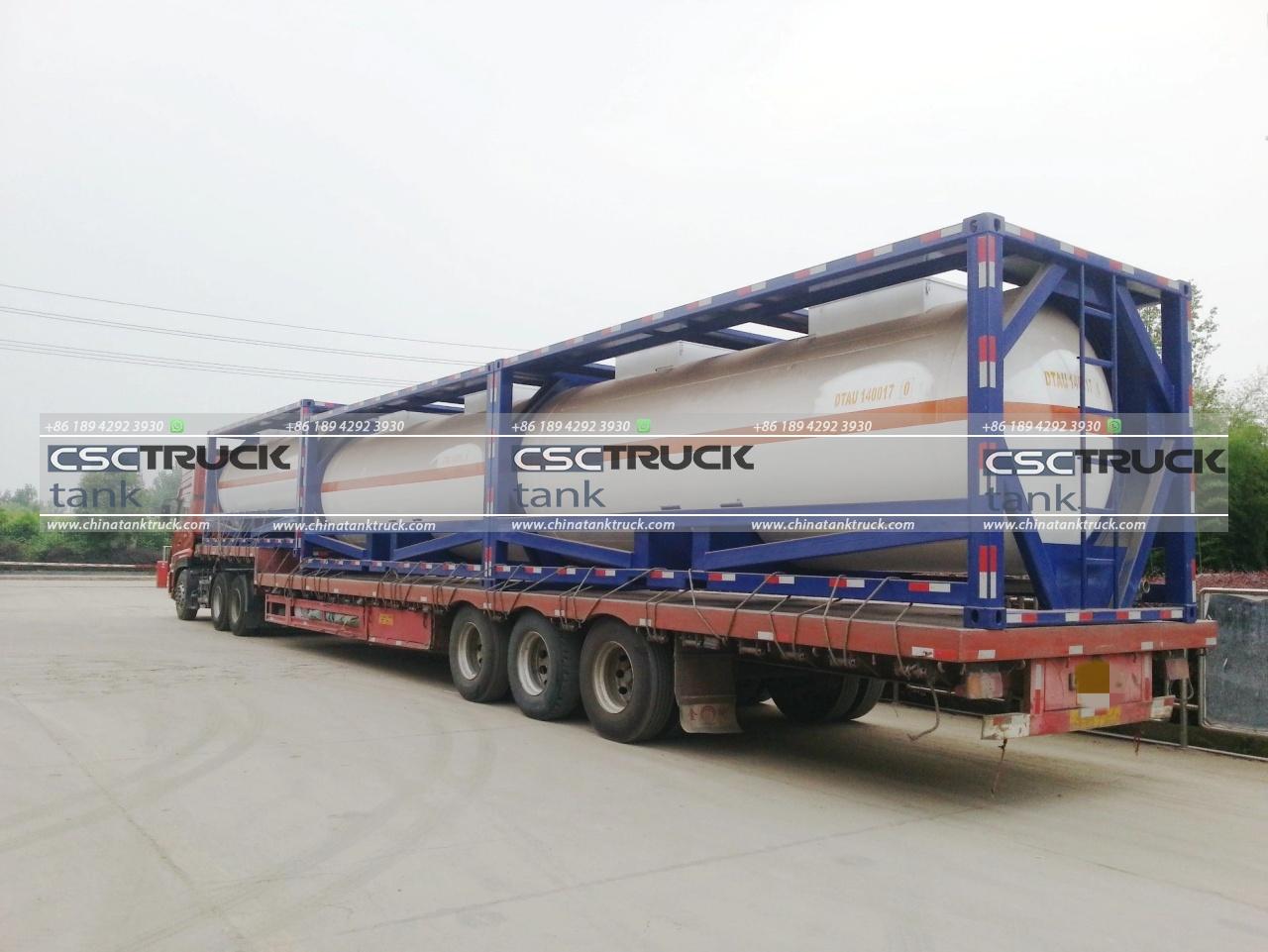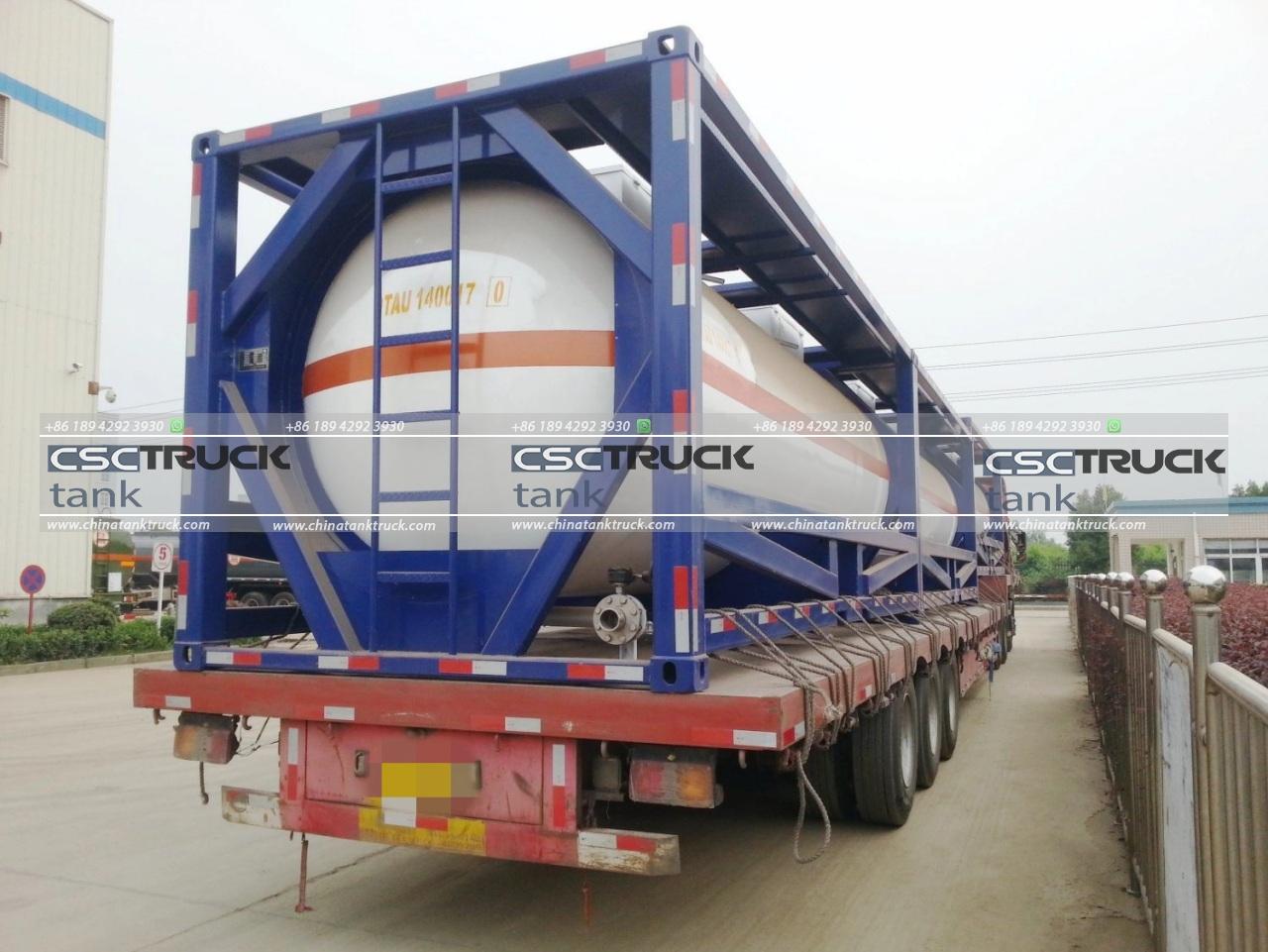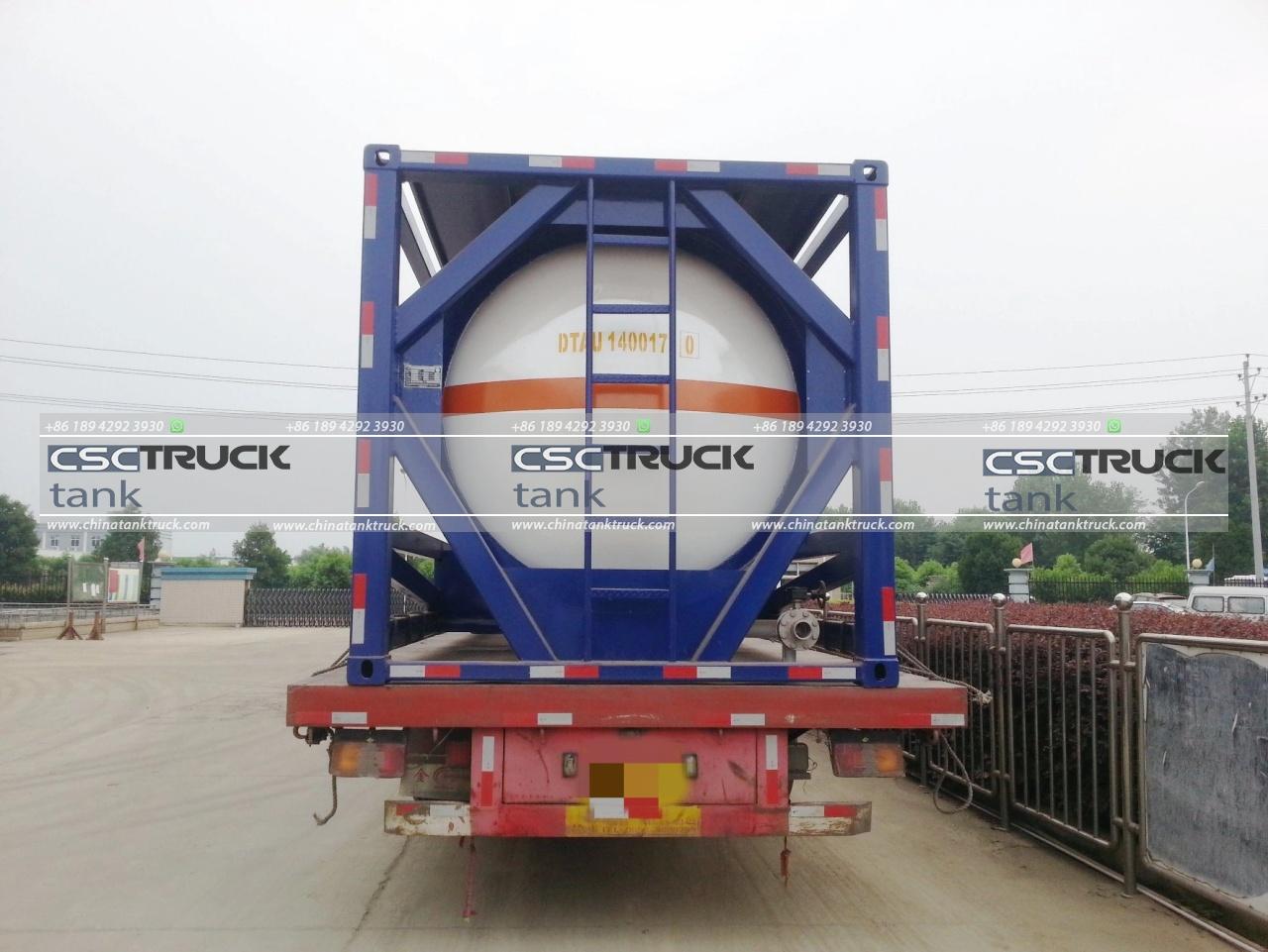ISO Tank Cleaning: Ensuring Safety and Efficiency in Transport
In the global logistics and transportation industry, ISO tanks play a crucial role in the safe and efficient movement of liquids and gases. These tanks are standardized containers built to withstand the rigors of international shipping, designed to carry a wide range of substances from chemicals to food-grade liquids. However, ensuring these tanks are clean and free from contaminants before each use is paramount to maintaining safety, product integrity, and regulatory compliance.
Understanding ISO Tanks
ISO tanks, short for International Organization for Standardization tanks, are cylindrical containers typically made of stainless steel. They come in various sizes but are usually 20 feet long, resembling a large metal tube mounted on a chassis for easy road, rail, or sea transportation. These tanks are sealed units with valves and fittings for loading, unloading, and pressure control, making them versatile for transporting liquids in bulk.

Importance of Cleaning ISO Tanks
The cleanliness of an ISO tank is not merely about aesthetics; it directly impacts safety and product quality. Thorough cleaning is essential before any substance is loaded into the tank, whether it’s chemicals, foodstuffs, or pharmaceuticals. Even residues from previous shipments can contaminate subsequent cargoes, leading to chemical reactions, spoilage, or health risks if not properly managed.
The Cleaning Process
Pre-Cleaning Inspection
Before cleaning begins, a detailed inspection of the ISO tank is conducted. This includes checking for visible residues, odors, and any physical damage that could compromise the tank’s integrity. Documentation of the tank’s previous contents and cleaning history is also reviewed to determine the appropriate cleaning procedures.

Cleaning Methods
1. Manual Cleaning: For heavily soiled tanks or those with difficult-to-remove residues, manual cleaning is often necessary. This involves physical scrubbing, washing with detergents, and rinsing to remove all contaminants.
2. Chemical Cleaning: Chemical agents tailored to the specific residues are used to dissolve and remove stubborn substances. These chemicals are selected based on compatibility with the tank material and the nature of the residues.
3. High-Pressure Washing: Utilizing specialized equipment, high-pressure washing effectively removes residues and sanitizes the interior of the tank. This method is particularly effective for removing dried or hardened residues.
4. Steam Cleaning: Steam is employed to sanitize and sterilize the tank interior, eliminating microbial contaminants and ensuring compliance with hygiene standards for food-grade and pharmaceutical shipments.
Drying and Inspection
Once cleaned, the tank undergoes a thorough drying process to eliminate moisture, which can lead to microbial growth or chemical reactions. Visual and sometimes chemical inspections are conducted to verify cleanliness and readiness for the next load.

Regulatory Compliance
Cleaning ISO tanks isn’t just about operational efficiency; it’s also mandated by international regulations and industry standards. Regulatory bodies like the International Maritime Organization (IMO) and national authorities impose strict guidelines to prevent contamination, ensure safety during transport, and protect the environment.
Conclusion
ISO tank cleaning is a critical aspect of maintaining safety, integrity, and compliance in the transport of liquids and gases. By adhering to rigorous cleaning protocols and regulatory standards, logistics companies and manufacturers uphold their commitment to quality assurance and environmental responsibility. Each step in the cleaning process—from inspection to drying—plays a vital role in safeguarding products and the environment, ensuring that ISO tanks continue to be reliable and efficient tools in global logistics.
In summary, ISO tank cleaning is not just a routine procedure; it is a cornerstone of safe and responsible transportation practices worldwide. As industries evolve and demand for efficient logistics grows, the importance of meticulous tank cleaning processes will only increase, ensuring that substances transported in ISO tanks arrive safely and uncontaminated at their destinations.

